Sewing machine needle and thread guide-Free sewing needle size chart
Having the right needle when you sew is crucial to make sure you have a beautiful finished project. I have put together a sewing machine needle guide, which you can download for FREE below.
Also included are some signs when you need a new needle. The guide also shows you the different types of needles depending on the fabric you are using. This sewing needle size chart will come in handy again and again.
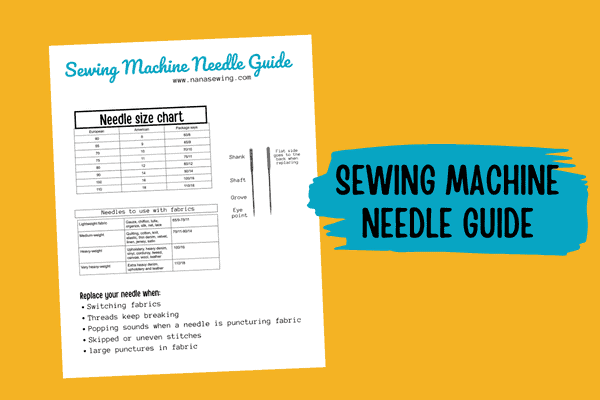
Confessions time: when I started sewing, I used the same needle on all fabric and only changed my needle when it broke.
Can you relate? I learned later that different fabrics need different needles for my sewing project.
Can a hand-sewing needle be used for sewing machine needles?
They can not. They don’t look alike. The eyes of the needle where the thread goes in on hand needles are at the top while a sewing machine needle has the eye on the bottom.
I even go over which part of the sewing machine needle is inserted towards the back of the Sewing Machine Needle guide.
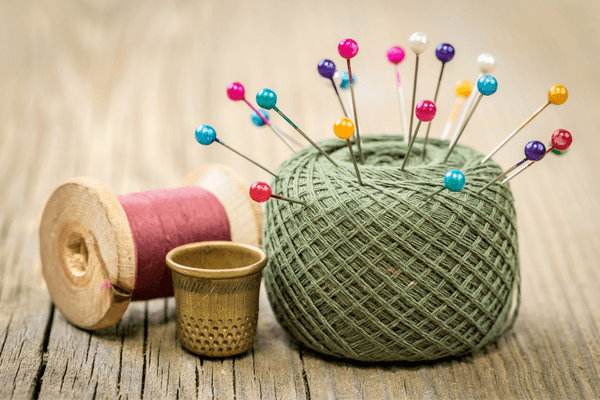
Maybe you don’t know the parts of a sewing machine needle. A sewing machine needle is a slender, pointed object that is used to stitch fabric. It is composed of several parts, including:
- Shank: This is the top part of the needle that is inserted into the sewing machine. It is usually flat on one side and rounded on the other to ensure proper insertion. You want to insert the flat side towards the back when changing your needle
- Shaft: The shaft is the long, thin part of the needle that extends down from the shank. It is tapered and has a sharp point at the end that penetrates the fabric.
- Groove: This is a small indentation that runs down the length of the shaft on one side. It helps to guide the thread through the needle and prevent it from breaking or fraying.
- Scarf: Above the eye of the needle is a short groove called a scarf, which allows the hook of the sewing machine to pick up the needle thread to form the stitch
- Eye: The eye is the hole at the top of the shaft through which the thread passes. It is usually located just above the scarf and can be of different sizes, depending on the type of thread being used.
- Point: The point is the sharp end of the needle that pierces the fabric, IE the tip of the needle. There are several types of needle points, including universal needle, ballpoint needle, sharp, and denim, each designed for specific types of fabric.
How to choose a Needle
You will find that sewing machine needle numbers indicate the size of the needle and the type of fabric it is intended to sew. The numbering system for sewing machine needles varies depending on the country, but most use a combination of two numbers, which are the European size and American size.
The first number typically ranges from 8 to 19 and represents the thickness of the needle shaft on the front of the needle. The lower the number, the finer the needle. The second number usually ranges from 60 to 120 and indicates the size of the needle eye and the thickness of the thread it can accommodate. The higher the number, the larger the eye and the thicker the thread.
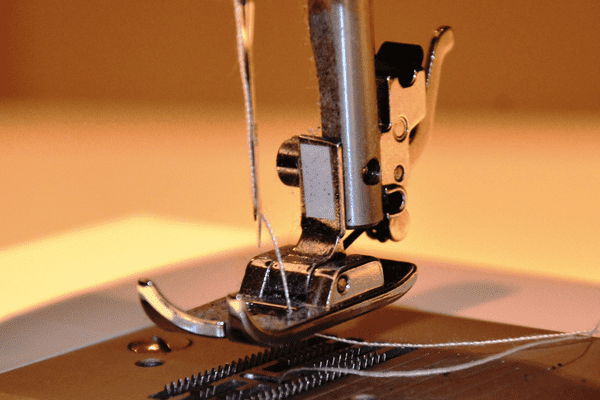
For example, a needle labeled as 80/12 has a shaft thickness of 0.8mm and an eye size suitable for a size 12 thread. A needle labeled as 90/14 has a thicker shaft of 0.9mm and a larger eye suitable for a size 14 thread ie. a thicker needle.
It’s important to choose the correct needle size and type for the fabric you are sewing to ensure optimal performance and avoid damage to the fabric or machine. Some fabrics, such as leather or denim, require a larger needle size and different threads, while delicate fabrics like silk require a smaller needle size.
Your needle depends on your fabric weight
I have found that selecting the correct sewing machine needle size and type is important and can depend on the weight and type of fabric you are working with. Different fabrics require different needle sizes and types to produce the best results.
For lightweight fabrics such as chiffon, georgette, or silk, it is best to use a fine needle with smaller numbers (e.g. size 8 or 9). This helps prevent damage to the fabric and creates smaller, neater stitches.
Medium-weight fabrics like cotton, linen, or rayon may require a slightly larger needle (e.g. size 10 or 12) to penetrate the fabric without snagging or breaking the thread.
For heavyweight fabrics like denim, canvas, or upholstery fabrics, a larger needle size (e.g. size 16 or 18) you will find it may be necessary to handle the thickness of the fabric and the heavier threads being used. These needles have large holes.
In addition to needle size, the type of needle can also vary based on the fabric being used. For example, ballpoint needles are ideal for knit fabrics because they have a rounded tip that slides between the knit stitches instead of piercing them.
On the other hand, you will see that sharp needles are designed for woven fabrics and have a sharper point that can easily pierce through tightly woven fibers.
It’s always a good idea to test the needle on a scrap piece of fabric before starting your project to ensure that it produces the desired results.
Needle Sizes: Thread Weight and Type
Did you know, the size of the sewing machine needle you use is not only determined by the weight and type of fabric you’re working with but also by the weight and size of the thread you’re using? The needle size and thread weight should be compatible to achieve the best results.
Needles come in a range of sizes, typically from 8 to 18. The larger the number, the thicker the needle. The size of the needle eye is also important, as it must be large enough to accommodate the thread you’re using.
Here are some general guidelines I go by for matching thread weight and type with needle size:
- For lightweight threads like silk or cotton thread, use a smaller needle size, such as 8 or 9.
- For medium-weight threads like all-purpose polyester or cotton thread, use a medium needle size, such as 11 or 12.
- For heavy-weight threads like topstitching thread or upholstery thread, use a larger needle size, such as 16 or 18.
- For metallic or embroidery thread, as a general rule, use a needle with a large eye to prevent thread breakage and bent needle, such as a metallic or embroidery needle. This usually involves using a thicker thread, so the weight of the thread needs a larger eye to prevent needle breaks.
It’s also important to consider the type of thread you’re using when selecting a needle. Some threads, like metallic or embroidery threads, are more fragile and prone to breakage, so using a larger needle with a larger eye can help prevent this.
As a rule of thumb, it’s important to test different needle and thread combinations on scrap fabric before starting your project to ensure that you’re getting the best results.
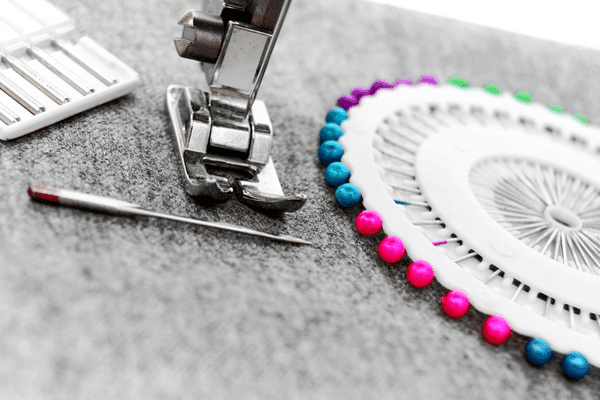
Needle types
There are many types of sewing machine needles available, each designed for a specific type of fabric or sewing task. Here are some of the most common types of sewing machine needles:
- Universal Needles: These are the most commonly used needles and are suitable for a wide range of fabrics, including woven and knit fabrics.
- Ballpoint Needles: These needles have a rounded tip that slides between the knit stitches instead of piercing them, making them ideal for knit fabrics.
- Stretch Needles: These needles have a slightly rounded tip and are designed for stretchy fabrics like spandex, elastic, and lycra.
- Denim/Jeans Needles: These needles have a sharp, strong point and are designed for sewing through thick, heavy fabrics like denim or canvas.
- Leather Needles: These needles have a wedge-shaped point and are designed for sewing through leather or other thick, non-woven materials.
- Quilting Needles: These needles have a slightly tapered shaft and are designed for piecing and quilting, allowing for precise stitching and preventing skipped stitches.
- Embroidery Needles: These needles have a larger eye to accommodate thicker embroidery threads and are designed for machine embroidery.
- Microtex Needles: These needles have a very sharp, fine point and are designed for precision sewing and creating sharp, crisp lines.
- Twin Needles: These needles are actually two needles mounted on a single shaft and are used for creating parallel rows of stitching, such as in hems or decorative stitching.
It’s important to select the correct type of needle for your project to achieve the best results. Always refer to the manufacturer’s recommendations for selecting the appropriate needle for your fabric and thread type.
For new sewers, here are the pack of needles I recommend.
Universal needle and polyester thread. The most commonly used needle number sewing machines that come with as a general guide are sizes 8 or 9.
Also, check out our top Brother vs Singer post. Both are great machines for beginners.
Fabric Giveaway
Enter our monthly fabric giveaway. Simply complete the tasks daily and you will be entered into the drawing. Winner will be randomly drawn on the first day of the month and notified via email
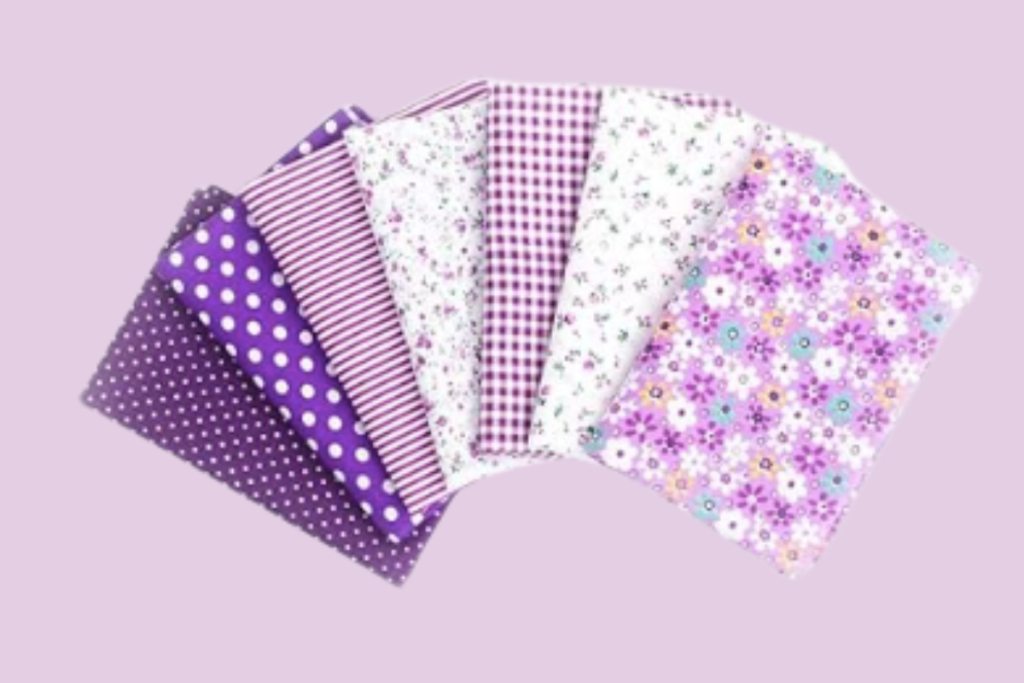

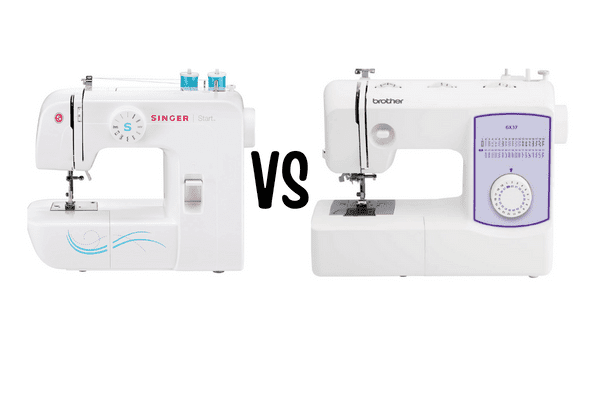
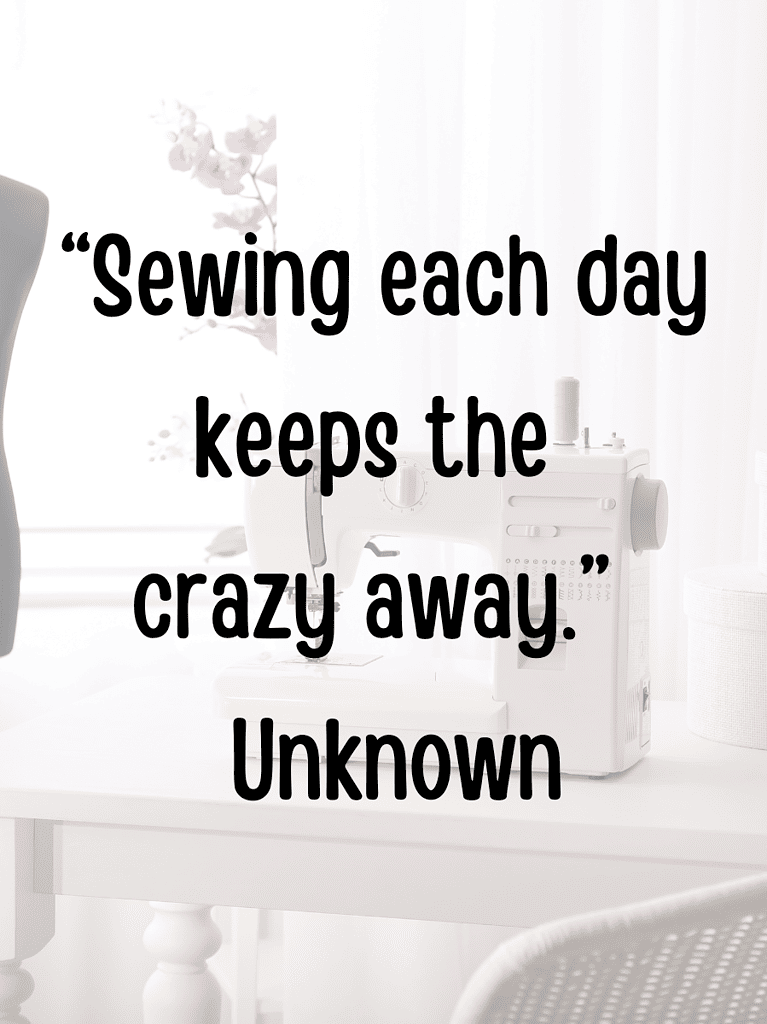

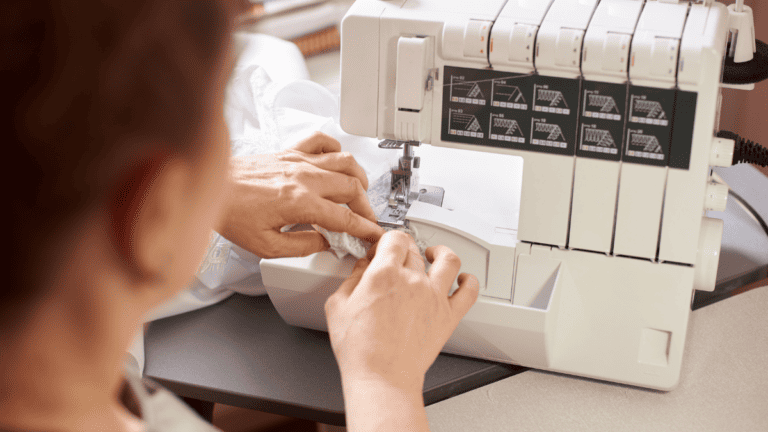
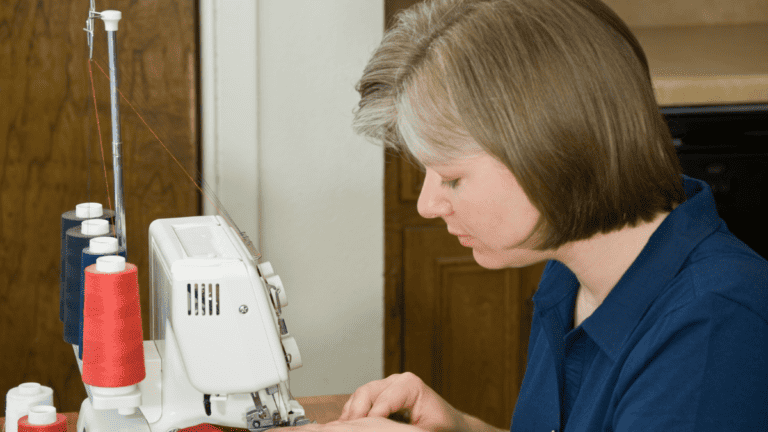
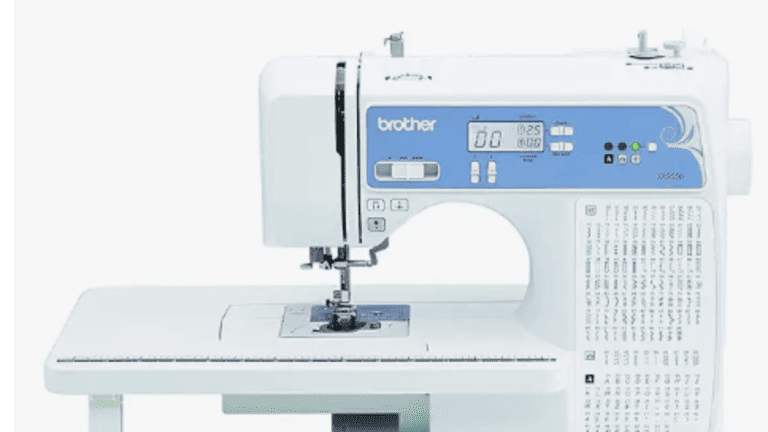
I am about to teach my granddaughters sew. Thank you for the details in this article. Most of what I’ve learned was taught with do’s and don’t s with because it’s thin, medium or thick. Additional reasons were not given. All went well because I tested everything. Thank you so much.
I am so glad. If you download the needle guide you will receive emails Tuesday and Friday with sewing projects that are easy and every 3rd weekend we do a sew along with 2 projects not on our website/YouTube.
I just happened upon your site.
Very helpful & informative.
Thanks for sharing your knowledge.